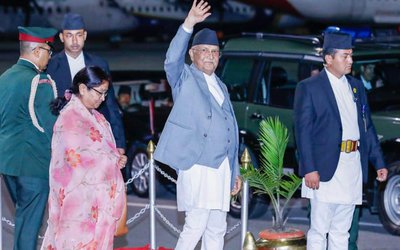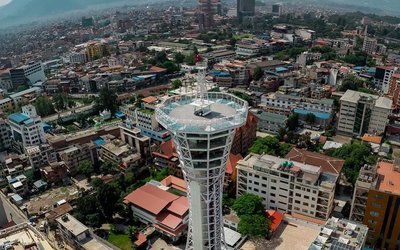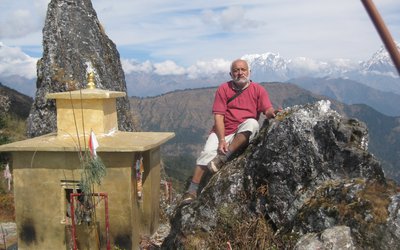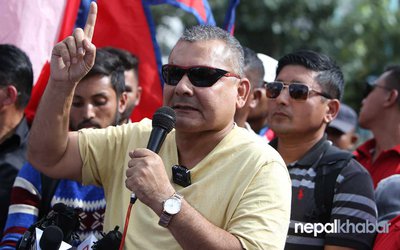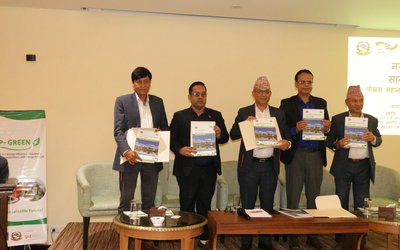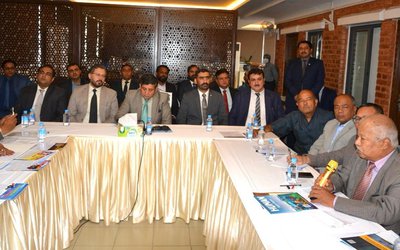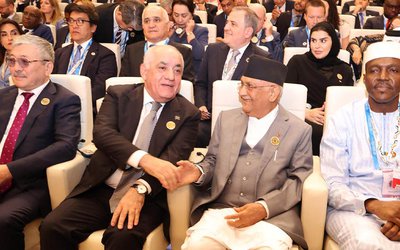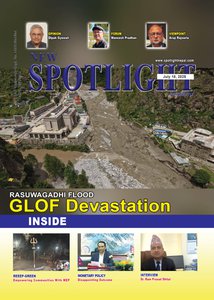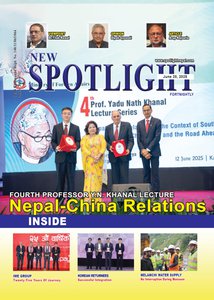South Asia has been rocked by the recent geopolitical developments that followed after the Pahalgam massacre, where terrorists killed 25 Indian and 1 Nepali citizen in the Indian Union Territory of Jammu and Kashmir. India has adopted a slew of diplomatic measures, including putting the Indus Water Treaty into abeyance. However, India on 7th May did a series of ‘precision strikes’ on nine known terror sites, eliminating some of the major terrorists belonging to Lashkar-e-Tayyiba and Jaish-e-Mohammad. Pakistan has called these attacks ‘an attack on innocent civilians’; nevertheless, the Indian establishment has shown many Pakistani Army and intelligence officers attending the funeral procession of terrorists led by Abdur Rauf, a globally designated terrorist belonging to the LeT cadre. What came after was one of the major confrontations between India and Pakistan over the past two decades. On 8th and 9th May, both sides engaged in an aerial fight, along with shelling along the International Boundary and the Line of Control. Since the first press briefing on 7th May, conducted by India, it has continuously provided many off-ramps for Pakistan not to up the ante.
India, since the strike, maintained that it did not touch Pakistan’s military or civilian bases but only attacked the known terrorist hideouts, which have been used for three decades to wage a constant war against India. There were multiple signals given by the Pakistani top brass on 7th May, including not escalating the conflict, but finally it got escalated in the evening of 7th May. India thwarted a series of drone and missile strikes launched from Pakistan. Tensions were at their peak from the morning of the 7th to the 10th of May, when both countries considered multiple military options. Meanwhile, drones, loitering munitions and some missiles were reaching across the border. In India, some missile strikes by Pakistan in civilian areas caused loss of properties, but military installations of India were immune to Pakistan’s strikes. On the other hand, India’s attacks penetrated Pakistan’s military installations, cratering multiple airbases and other military facilities.
Before the fateful day of 10th May, when the ceasefire was announced first by US President Donald Trump, who tried first to hog the credit, multiple factors were hovering over both the parties to the conflict and its interlocutors. There was a scheduled vote by the IMF to provide the bailout tranche of 1 billion US dollars to Pakistan on 9th May. As per various news reports, the USA linked this tranche with de-escalation by Pakistan. It is also worth noting that, from the very start, the US establishment has maintained a steady position that it will not get involved with this conflict as it is a bilateral matter between India and Pakistan. Nevertheless, US Secretary of State Marco Rubio was closely involved in the situation, talking to the External Affairs Ministers of India and other officials in Pakistan.
Before Trump’s announcement, Indian officials were scheduled to brief the media later in the evening. Indian Foreign Secretary Vikram Misri, in a press briefing, said that the Indian side received a call from Pakistan’s Director General of Military Operations (DGMO) around 1 PM on 10th May. The call was scheduled for around 3.30 PM and an ‘agreement’ to a ceasefire was made.
Given the gravity of the situation and the sudden change in the course of events, it calls for a greater investigation from the journalists on what exactly changed in the dynamics. As per the credible information available in the open source, according to CNN, American Vice-President JD Vance received ‘an alarming intelligence’ which prompted him to talk to Indian and Pakistani officials. At the beginning of the conflict, the good offices of Saudi Arabia and Iran also tried to diffuse the tension. However, they have not seen too much success.
There is a natural question about what the ‘alarming intelligence’ was that caused the ceasefire between India and Pakistan. It also entails an additional question: was there any nuclear threat from any party at any given time during the conflict? At present, according to the available information, the plausible explanation might be that Pakistan may have asked the US to provide it with an adequate off-ramp for de-escalation once it was established that India may have achieved a significant edge in the conflict, especially after the attacks on Pakistan’s military bases. On the morning of 10th May, Pakistan convened a meeting of its highest body overseeing nuclear weapons. Stephen P Cohen’s prophetic words, "Pakistan now negotiates with its allies and friends by pointing a gun to its own head", must have echoed in the White House, as mentioned by Brookings Institution’s Tanvi Madan. Once the announcement of the ceasefire happened, Pakistan happily embraced the US’s role, but India did not mention the same. If Prime Minister Modi’s last address to the nation is looked at, he clearly said India will not tolerate any ‘nuclear blackmail’. He also denounced talks with Pakistan as proposed by the US, stating that any talks with Pakistan will happen only on Pakistan-Occupied Jammu and Kashmir.
This frail peace was achieved after a series of military escalations, diplomatic manoeuvring and political zeal clearly states that Pakistan was at the receiving end of American blessings on creating the off-ramp for it. Nevertheless, this conflict has caused profound doctrinal shifts in India’s conduct towards terrorism. It will be interesting to see what efforts will be taken by Pakistan and India, as well as the declining hegemon, the US, to keep the peace in the region.
*Harsh Pandey is a PhD Candidate at the School of International Studies, JNU, New Delhi
- Realising Quad’s Rare Earth Potential
- Jul 23, 2025
- India’s Aid to Nepal Needs Immediate Attention
- Mar 14, 2025
- How Kumbh is Redefining the Cultural Landscape of South Asia
- Feb 22, 2025
- An Assessment of China-Nepal Economic Engagements
- Jun 02, 2024


